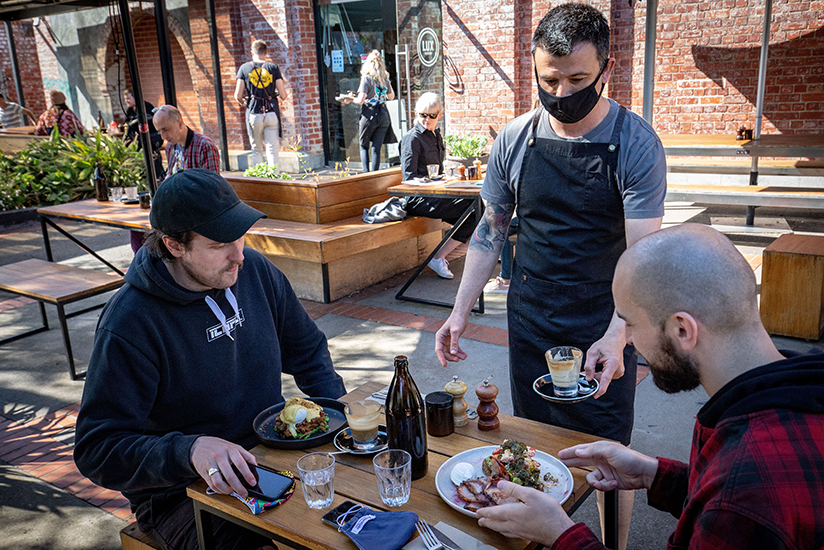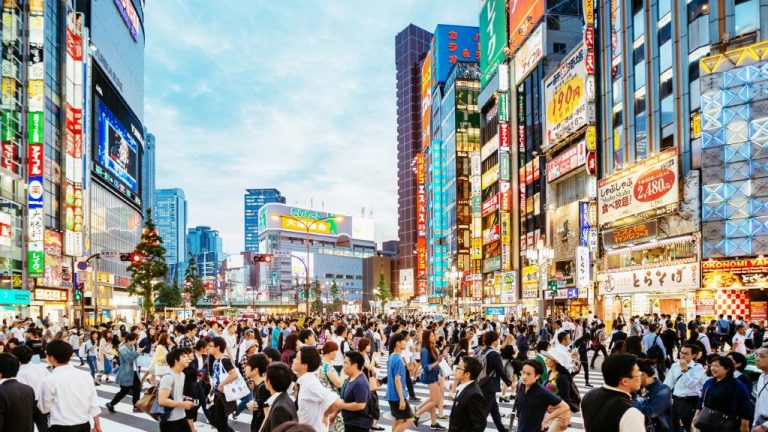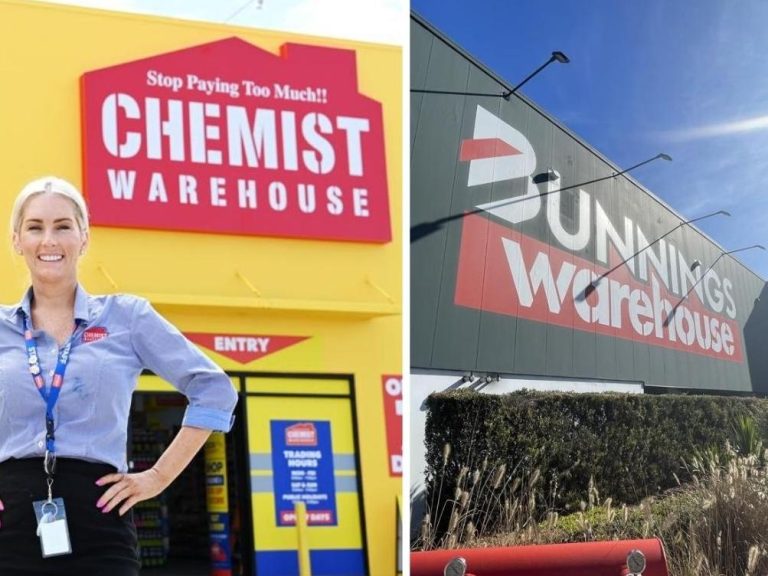Hospitality, retail to be impacted by ‘March step’

With the Australian economy showing remarkable resilience in the wake of COVID, it appears the so-called looming March cliff may turn out to be more of a step.
For the commercial property sector, that means a widespread fiscal fall isn’t predicted when JobKeeper and rent moratoriums are rolled back at the end of the month, but industry experts believe the impact will vary across industries and locations.
Professor Shaun Bond, the Frank Finn Professor of Finance at the University of Queensland Business School, said what was once perceived as a potentially catastrophic cliff had recently switched to the concept of a “March step”.
He said total employment recently reaching pre-COVID levels was evidence of the economy’s strength.
“However, some sectors and locations remain deeply affected by the crisis and it’s in these areas that the ending of the JobKeeper allowance and eviction moratoriums will be hardest felt,” he said.
“Melbourne and to a lesser extent, Sydney, appear to have been set back relative to markets like Brisbane and Perth. These markets did not have the same COVID-19 outbreaks and are also benefiting from their exposure to an improving resource sector.
“Generally speaking, hospitality and retail businesses in CBD locations are at risk, along with landlords exposed to these businesses,” Professor Bond said.
Alex Jamieson, of Melbourne-based AJ Financial Planning, agreed retail and hospitality are the most susceptible sectors.
“These segments have been largely supported through this period of time with JobKeeper and also heavily under pressure for disruption by consumer changes. That being said, these areas have been a higher risk area of the marketplace for some time, typically under-capitalised and most venerable during downturns,” he said.
Mr Jamieson said the office segment – backed by relatively longer-term leases and medium-to-large organisations – have largely adapted to recent change and mainly remained profitable.
“This coupled with the limited supply of high-quality, A-grade commercial real estate, [means] it’s our belief that although there will be a reduction in possible floor plate sizes, there will be a greater demand on ensuring this floor plate is of a high quality to attract talent long term,” he said.
Buyers’ agent Steve Palise said many tourism locations have been “artificially propped-up” while waiting for international borders to open and business to return.
“Due to the low likelihood of this occurring until late 2021, I expect to see an increase in business closures in these overseas tourist locations, such as Cairns, as well as high-density locations such as CBD casinos,” he said.
Mr Palise expected industrial property to remain relatively unchanged, due to tight vacancy rates and high demand.
He also flagged a hit on retail.
“Retail in particular regions will see a large crash, with letting go of staff due to an increase in e-commerce and reduced foot traffic in CBD locations,” he explained.

Retail businesses are more likely to be impacted by the March step as more customers opt for online shopping. Picture: Getty
Mr Palise tipped office CBD rents to drop as leases come up for renewal, with high amounts of stock and competition in the market.
Dr John Sturgeon, lecturer in real estate and development at the University of Queensland Business School, expects the response of the market, like its make-up, to be mixed.
“The world post-COVID has changed. People have changed values, outlooks and priorities. So too has the way people live, spend, save, work and play. Accordingly, demand [across the board] has changed. In response, the wheels of industry will also turn to meet this new demand,” Dr Sturgeon said.
“Whilst the changes in the commercial-built environment are slow to respond – subdued by what supply currently exists, as opposed to what is demanded – this change will flow through.
“As the economy emerges from the COVID world, positive signs are being seen in residential and commercial markets, buoyed by enthusiasm about a worldwide pandemic recovery,” he said.
Dr Sturgeon said the market will – and has already – responded to meet this new demand, with innovative solutions to meet new post-COVID office cultures.
On the question of what may happen with commercial rents across the board, he said with competition for tenants rising, the winners will be properties in choice geographical locations, with a built asset that’s resilient to obsolescence and can be easily adapted to meet new demand requirements.
“Location is also important, to meet the demands of occupiers to lifestyle culture drivers – car parking, public transport options, cafes, childcare, gyms, active transport facilities. This will result in improved rents, tighten yields and asset value growth.
“The losers would be properties in secondary locations or properties with obsolete built form not able to accommodate changing occupier demands. Additionally, limited car parking, poor public transport options, may pose issues when yielding commercial tenants,” Dr Sturgeon said.








